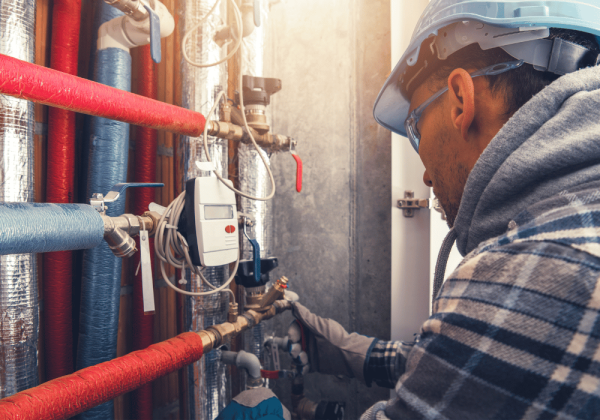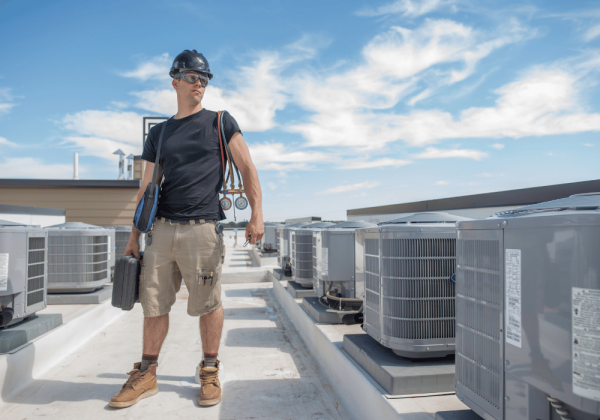When it comes to keeping our homes and offices comfortable, we often rely on HVAC technology. HVAC stands for heating, ventilation, and air conditioning, which is responsible for providing regulated temperature and good air quality indoors. At its core, HVAC is all about maintaining optimal conditions for comfort and healthy living. However, have you ever wondered what HVAC technology is and how it works? If so, this post is for you.
 HVAC Systems
HVAC Systems
Firstly, let’s understand the components of an HVAC system. The heating component usually includes a furnace or boiler that provides warmth to the space. Meanwhile, the cooling part comprises an air conditioning unit that removes heat from the indoor environment, making it cool. The ventilation component of HVAC equipment involves ductwork, fans and vents, which circulate fresh air and maintain indoor air quality.
Heating and Cooling
HVAC systems use four primary types of technology to provide warmth or cooling. The first is the traditional HVAC system, which uses a single unit. It is suitable for controlling temperature in a single room or an entire house. However, their energy efficiency is not the best, and these units can be noisy. The second type is the ductless HVAC system, which offers higher energy efficiency and allows for temperature control in individual rooms. These units are more expensive than traditional HVAC systems, but they save energy costs in the long run.
The third type of HVAC technology utilizes automated temperature control. These systems optimize room temperatures based on occupancy levels, and can be programmed to turn off when a space is unoccupied, conserving energy. The fourth type is geothermal HVAC systems, which utilize the natural heat from the earth’s crust to heat the space in winter and cool in summer. These systems are highly energy-efficient and eco-friendly.
Proper HVAC Maintenance
Managing HVAC technology requires two primary methods. The first is preventive maintenance, where routine servicing of HVAC equipment reduces the likeliness of equipment breakdown and emergency repairs. Timely maintenance will also ensure that the HVAC unit operates effectively and efficiently, keeping power consumption in check. The second method is the use of a Building Automation System, which allows users to monitor and control building systems remotely. Control of temperature, humidity, and energy use data can be used to fine-tune HVAC systems and minimize energy waste.
 In summary, HVAC technology plays a critical part in maintaining indoor air quality and optimal temperature. With different types of HVAC technology available, it is essential to choose the appropriate system that aligns with one’s preferences and budget. By maintaining the equipment and using control automation, energy costs can be significantly reduced while optimizing energy-efficient operations. Understanding HVAC technology can go a long way in utilizing all the benefits that HVAC systems provide.
In summary, HVAC technology plays a critical part in maintaining indoor air quality and optimal temperature. With different types of HVAC technology available, it is essential to choose the appropriate system that aligns with one’s preferences and budget. By maintaining the equipment and using control automation, energy costs can be significantly reduced while optimizing energy-efficient operations. Understanding HVAC technology can go a long way in utilizing all the benefits that HVAC systems provide.
